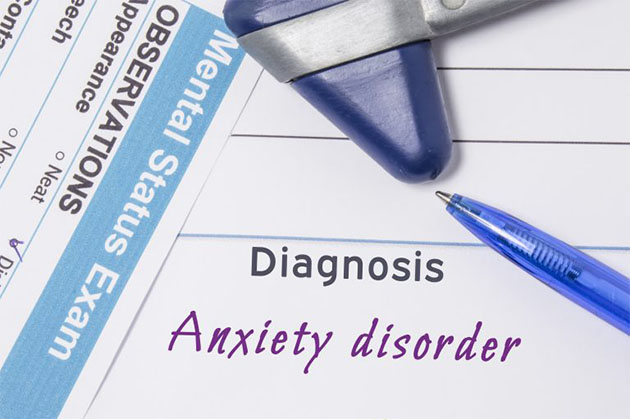Researchers have studied detailed effects of ‘pessimistic thinking’ which occurs in anxiety and depression
More than 300 million and 260 million people worldwide suffer from depression and anxiety respectively. Many times, a person suffers from both these conditions. Psychiatric problems like depression and anxiety are devastating for patients and their families and they are extremely difficult to treat. Patients suffering from these neuropsychiatric disorders tend to experience a range of negative emotions and moods which makes them more pessimistic thereby making them focus more on the downside of any given situation. A specific personalised treatment can generally help patients alleviate some of the symptoms of these disorders. A type of psychotherapy – cognitive-behaviour therapy – is useful in curbing negative thoughts and emotions. Interpersonal therapy is also routinely used for better outcome for patients. Medications are also advised along with psychotherapy and sometimes interpersonal therapy.
Understanding the effects of depression and anxiety disorders
In a study published in Neuron scientists have studied how emotions are controlled by our brain. The main goal of researchers was to investigate if they could reproduce the effect on brain which happens to people suffering with depression, anxiety or other similar disorders. These patients have a highly negative thinking and they tend to place more weight on negative aspects and outcomes of any particular situation.
The group of researchers from MIT pinpointed a region in the brain which is linked to emotional decision making and is responsible for generating pessimistic moods. This region is called ‘caudate nucleus’ and when it is stimulated it leads to generation of negative moods and /or decisions. This study has been conducted in animals for now. The animal was seen to focus more on the negative drawbacks of situations and not on the benefits whenever this region was stimulated in their brain. This pessimistic decision-making continued for at least 24 hours after the first stimulation was performed. The same group of researchers had previously identified a neural circuit which is crucial for a type of decision making which is called as ‘approach-avoidance conflict’. Making such choices requires a person to weigh the positive as well as negative aspects of a situation and this involves high levels of anxiety and sometimes stress. This stress obviously then affects the decision-making process. Therefore, animals got influenced and they then chose a high-risk option under stress anticipating better payoffs.
To make validations, researchers offered the animals a reward (juice) along with an unfriendly stimulus (a big puff of air to their face) and then stimulated their caudate nucleus with a minor electrical current. In every trial a different proportion for prize and pain was used to judge whether the animals will accept or reject. This is an example of decision-making which requires analysis of cost and benefit. It was interesting to see that upon each stimulation, when the cost-benefit ratio became skewed i.e. more cost and less benefit, animals started rejecting combinations which they had previously accepted. This continued for up till 24 hours after the stimulation. This conveyed that animals started devaluing the reward which they were desiring earlier and their focus shifted more towards the cost part. Also, based upon their acceptance or rejection their brain activity in caudate nucleus changed whenever there was any change in the pattern of their decision-making. Therefore, this change in ‘beta frequency’ can serve as biomarker to see if the animals will respond to particular drugs.
Mood regulation
Researchers explained that some regions in the caudate nucleus are connected with the limbic system which is known to control a person’s mood. This system directs input to motor areas of the brain as well as the dopamine-producing regions. The authors concluded that maybe caudate nucleus was disrupting this dopamine activity. Therefore, even a slight change in our system could mean rapid change our behaviour. The findings in this study could help us understand depression and anxiety in detail which can then assist us to develop new effective ways of therapy.
***
{You may read the original research paper by clicking the DOI link given below in the list of cited source(s)}
Source(s)
Amemori K et al 2018. Striatal Microstimulation Induces Persistent and Repetitive Negative Decision-Making Predicted by Striatal Beta-Band Oscillation. Neuron. https://doi.org/10.1016/j.neuron.2018.07.022
***






































